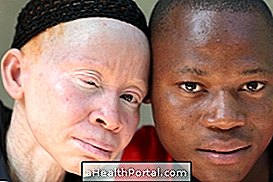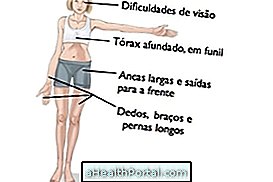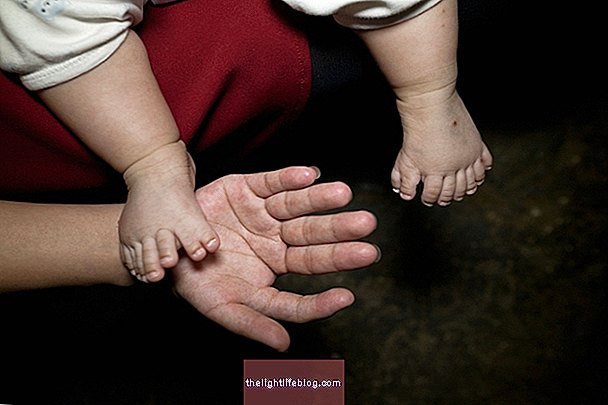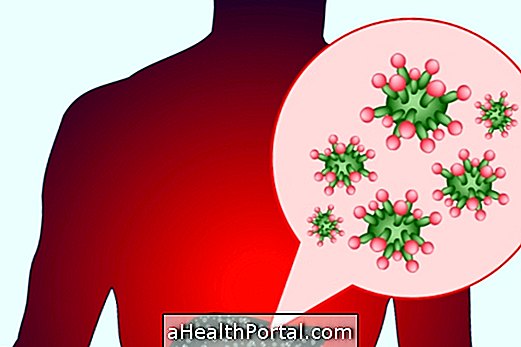Becker's Muscular Dystrophy is a genetic disease that causes the gradual destruction of several voluntary muscles, that is, the muscles we can control, such as those of the hip, shoulders, legs or arms, for example.
It is usually more common in men and the first symptoms appear in childhood or during adolescence, starting with a slight and gradual loss of strength in almost all muscles of the body, but especially in the shoulders and hip.
Although this disease has no cure, it is possible to do medical treatment to relieve symptoms and have a good quality of life and life expectancy of up to 50 years.
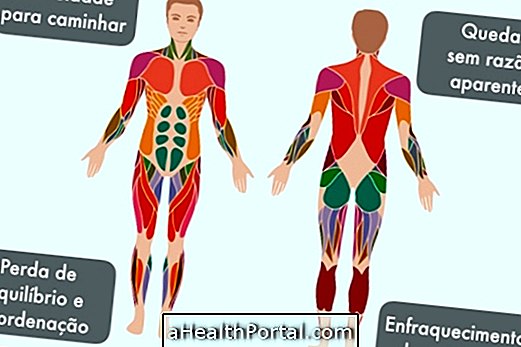
How is the treatment done?
The treatment for Becker's muscular dystrophy is done to relieve the symptoms of each person and therefore may vary in each case. However, the most common forms of treatment include:
- Steroid medicines, such as Betamethasone or Prednisone: help reduce inflammation of muscles while protecting muscle fibers and their volume. In this way it is possible to maintain muscle function for longer;
- Physiotherapy : helps to keep the muscles moving, lengthening them and preventing them from getting too tight. Thus, it is possible to reduce the number of lesions in the muscle fibers and in the joints;
- Occupational Therapy : These are sessions that teach you how to live with the new limitations caused by illness, training new ways to do the basic daily activities like eating, walking or writing, for example.
In addition, surgeries may still be needed, especially if the muscles get shorter or too tight, to loosen them and correct the shortening. Already when contractures arise in the muscles of the shoulders or back, can cause deformations in the spine that need to be corrected with surgery as well.
Already in the most severe phase of the disease, more serious complications such as heart problems and breathing difficulties are common due to the destruction of the heart muscle and the muscles of respiration. In these cases, a cardiologist and pulmonologist may be indicated to help tailor treatment.
Main symptoms
The first symptoms of Becker muscular dystrophy usually appear between 5 and 15 years of age, and may include signs such as:
- Gradual difficulty walking and climbing stairs;
- Frequent falls for no apparent reason;
- Loss of muscle mass;
- Weakening of the muscles of the neck and arms;
- Excessive tiredness;
- Loss of balance and coordination;
In most cases the child can stop walking until age 16, as the disease progresses faster in the lower limbs. However, when the symptoms appear later than normal, the ability to walk can be maintained until they are between 20 and 40 years old.
How is the diagnosis made?
In most cases the pediatrician may suspect this type of dystrophy by only evaluating the symptoms and observing the loss of muscle tissue, for example. However, some diagnostic tests such as muscle biopsy, cardiac tests and X-ray may help confirm the presence of Becker's Muscular Dystrophy.
What can cause dystrophy
Becker's Muscular Dystrophy arises due to a genetic change that inhibits the production of the protein dystrophin, a very important substance to keep muscle cells intact. So, when this protein is in low quantity in the body, the muscles can not function properly, beginning to appear lesions that destroy the muscular fibers.
Because it is a genetic disease, this type of dystrophy can be passed from parent to child or arise due to a mutation during gestation.



